There is a scene in episode four of the HBO series Looking where Patrick, our young(ish), insecure, video game designer leaves the office he is working in on a Saturday to join the Folsom Fair in San Francisco he can see crowding down on the streets below; it is a celebration of the leather scene, and he has lied to his gay boss Kevin (with whom he is soon to have an affair) that he is not interested, almost with the same level of dishonesty that he has denied to himself that he is interested in Kevin (who has a partner). It is an episode all about denial: sending Kevin home so that he will not be tempted, pretending to work, hesitating when his friends call him to join them in the festival on the street. But Patrick does go down to the street, meets his friends, and finds himself with Doris undressing and redressing him in a leather vest, bare-chested underneath, demanding that he join the play, the fun. Patrick, played by Broadway actor Jonathan Groff, is as midwestern as pie, all round eyes and curly hair, but he is well built and gym-toned, and while the vest doesn’t suit his incredulity, the contrast between his frightened face and how a new identity might work for him after all, to giving in to what is literally all around him, to living outwardly as a gay man, well, it was so charged with tension and relief that I started to cry. For me, it summed up an essential truth of gay life (especially for gay men): that just a couple of moves can release the possibility of who we are. For all of the razzing and teasing he gets, in this episode Patrick finally looks like the man he might want to be, and even though this is scripted, all of the actors seem to be looking at him differently because he is doing it. He is in that process that is coming out.
Looking premiered in 2014 and I watched, of course; this was the product of Andrew Haigh (writer and director of the gay masterpiece Weekend) and Michael Lannan, and the buzz was considerable. However, for me, it didn’t work; something about the series felt frozen in amber—the San Francisco locale a hologram of a more beautiful 70s milieu, and too many references to Instagram and Facebook in what seemed an obvious attempt to make it current. I loved the actors: Murray Bartlett as Dom, the clone, Frankie J. Alvarez as Agustin, the wayward drug-addicted artist, the wonderful Lauren Weedman as Doris, best friend to Dom, Russell Tovey as Kevin, and the unbelievably handsome and sensual Raúl Castillo as love interest Richie. Groff as Patrick drove me a little nuts, an assemblage of tics and insecurities the writers cursed the character with throughout the two years and the final movie in which the series ran. Looking was not a hit; it attracted a following but never seemed to enter the zeitgeist in the way the HBO show Girls (which premiered in 2012 as an obvious precursor) did. As a middle-aged viewer I found it neither nostalgic nor insightful (besides being well-written); instead, I just kept waiting to feel something.
June is Gay Pride month, and because all we do is stream the many channels syphoning our dollars, and because apparently corporations have a lot more Pride than our state and federal overlords, I was reminded by HBO to watch these movies and shows that have “Pride”, and Looking was listed. It had been a while, and I thought ‘why not’. Well, not true. Aging as a gay man is a never-ending hunt for the spark nostalgia can provide; like any addict I needed a hit of something. Becoming reinvolved with the series I could not have been more surprised at what the seven (eventful) years had done to the messages of the show. Where once I found a vague search for its moment I found instead a penetrating exploration of the last years of our gay bars, a story of the city’s inflation pricing out it’s subcultures, and in Patrick, that once annoying character I could hardly watch, the true story most gay men live (if they are lucky): that slow, agonizing, coming-to-terms with oneself as a viable homosexual man. Looking had not been what I once imagined it was about (the new gays on Grindr); instead was about the spiritual lives of gay men, the archetypes within our groups, and, yes, it was about the Patrick in all of us: halting, shy, and inevitably pushing his life toward a real family, his friends and lovers. Then again, perhaps it wasn’t about this either, but instead it was about our history in the last 100 years, how we survived AIDS or did not, how we hung on, how we arrived but did not, how the struggle goes on in the shadow of straightness and parents and childbearing. I was reminded that we are still living in that periphery because so many of us (gay, trans, bi) are still in the struggle to feel seen and loved with the ongoing threat that our lives are not relevant. I saw it when Patrick tried on that leather vest for the first time, chancing coming fully into a new identity based on something that could possibly be perceived as corny, ironic, or dated.
Beyond the good writing and wonderful casting of the show, the moment that hit me really hard this viewing (and yes, apropos of Pride) was the first episode of season two, “Looking for the Promised Land”, written and directed by Andrew Haigh, in which our three male leads go on a cabin retreat (although it’s hardly a cabin) in the Russian River district. I will never tire of the theme of “into the woods”—it is so quintessentially American. There is tree hugging and minted tea and an attempt at communing with nature that is comical, but the real action begins at night, where they are all led toward a late night bacchanal, accompanied with lights and disco music by a real fairy sporting a saturnine costume and one exposed, red, glittery nipple beckoning our leads toward the party in the woods. To a remix of Sister Sledge’s “Lost in Music” the characters are filmed dancing in a slow-motion, drug-fueled haze, the gay ritual of communion and drugging and sex and forgetting that places them as far back as the Greeks, toward Fire Island, to the disco culture of the 70s, and beyond. It is a scene resplendently layered in gay history and very detailed in the bonding of gay men. I was listening through headphones and still found myself rolling my fists, arms in the air, swaying to my own history, my own culture, and finding a true release in the scene. There it was! That is us. It is how we are different, and how we are the same. Lost in Music, indeed.
For gay men of my generation, besides the books and musicals and the radio, the way we really connected to who we would one day become is our eyes. I have been considering the title of the series, so beautifully chosen, as an example of how gay men have always connected—by looking. Yes, it is how we find sexual partners but it is also that human need of finding one another in general, and it is also how we begin to see ourselves reflected, at first by intimation, and then by example. It is the soul of the series, those things that have remained constant in our search for identity through the years, the decades, the centuries, and it is possibly why the show did not explode upon the culture with a Girls-like effect. This was not a show about hipness; it was a show about the search for the self. The best gay movies and literature have always been about this: do we matter, outside, at the edge? Is there a coming-of-age? Is there acceptance? Is there love, true love, without children? The answers provided by the show are fragile ones. The series was cancelled before the show could really try to unknot some of the identity and relationship issues it was exploring, and when it returned as a movie a year later a lot of the momentum and kinetic reality the players were building was lost. Oh—I still watched, mind you. But I felt the loss that one-year hiatus had taken from the show. It is possible that it led to the quasi happily-ever-after ending that didn’t quite live up to the depths achieved by the seasons before. But it did have a scene with Tyne Daly playing a justice of the peace marrying one of our gay couples in San Francisco city hall, and Patrick, our seeker, as usual, nervously asking her if she can tell which couples will work out. She says no, but she can tell the ones that might want it more. “How long have you been married,” he asks, pointing to her ring. “Oh, uhh,” she says, “between you and me, not married. It’s a prop. Nobody wants a fat trainer at the gym,” she jokes, leaning in.
I’ll take it.
Happy Pride.

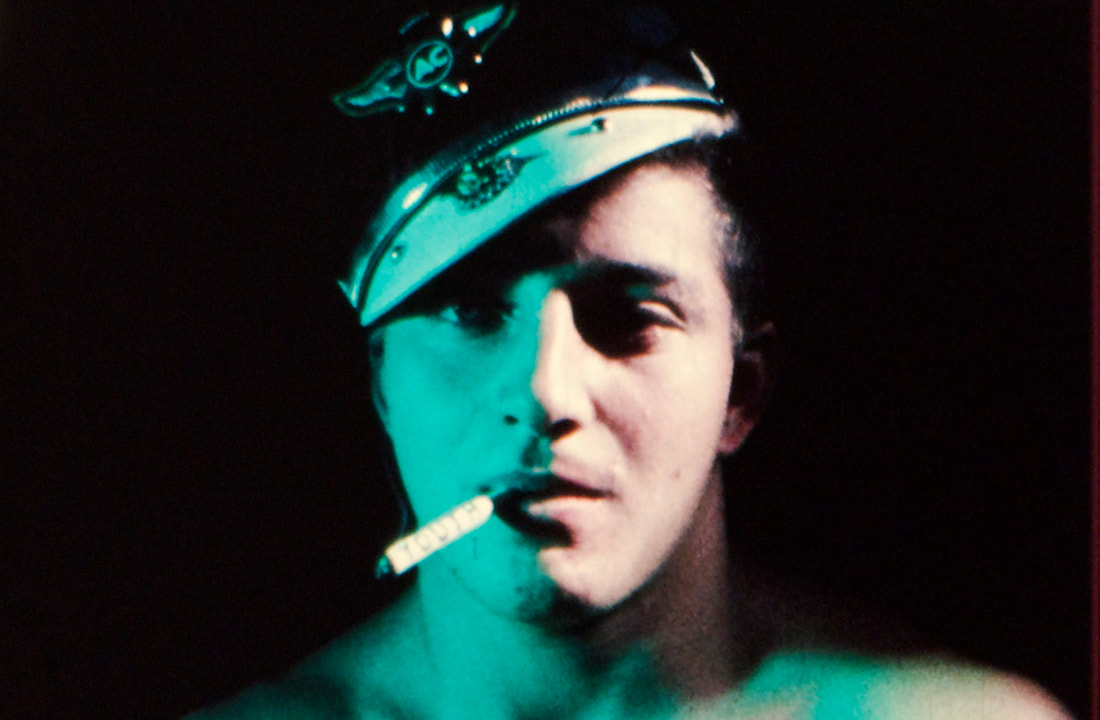
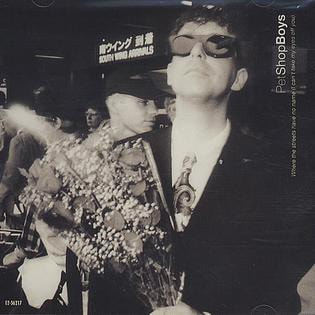
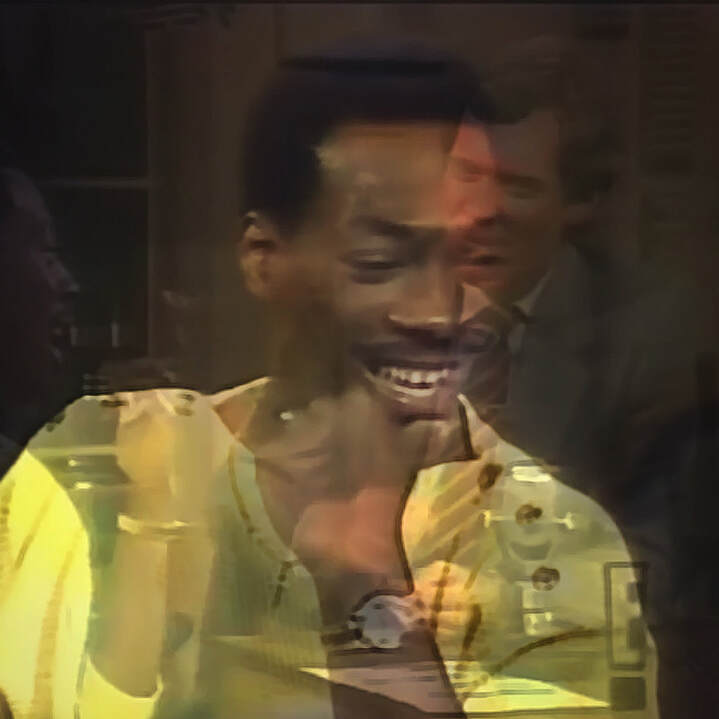
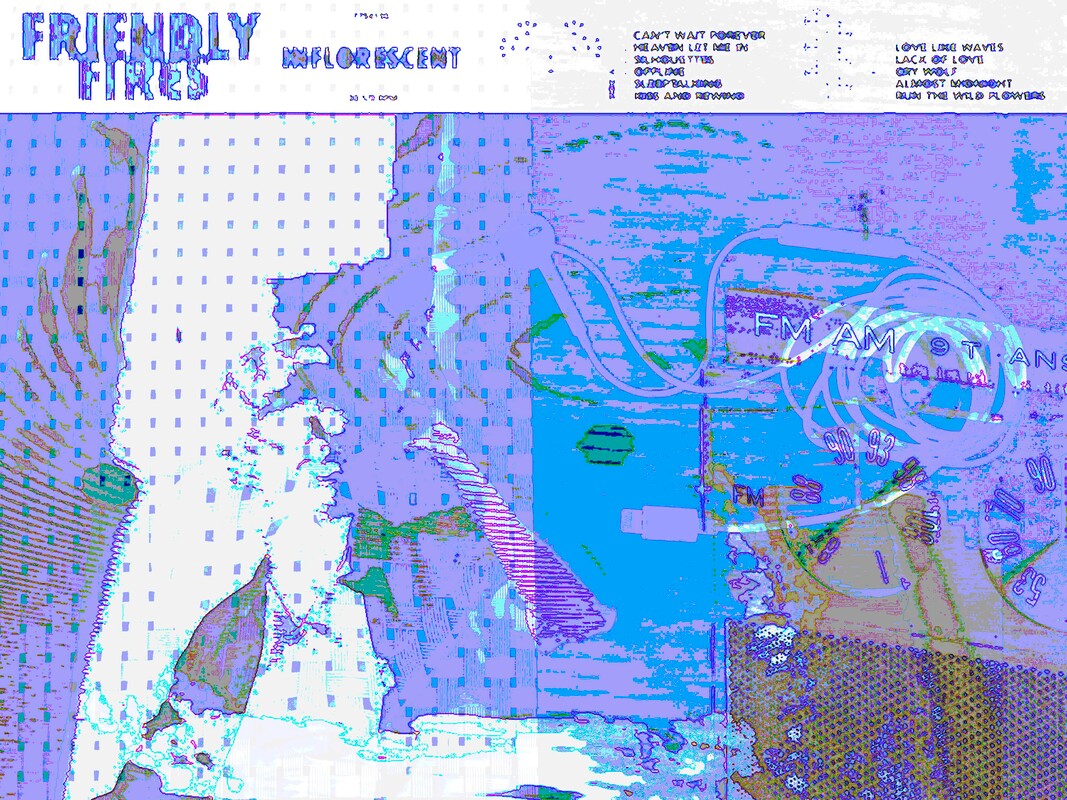
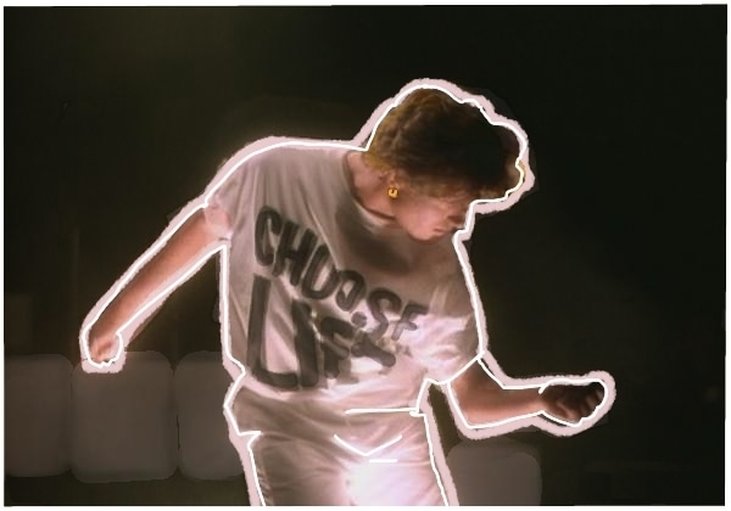
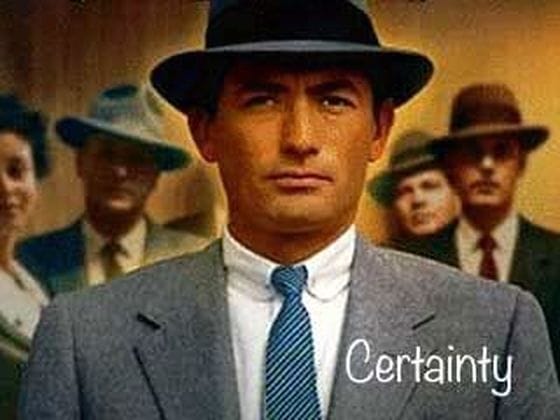
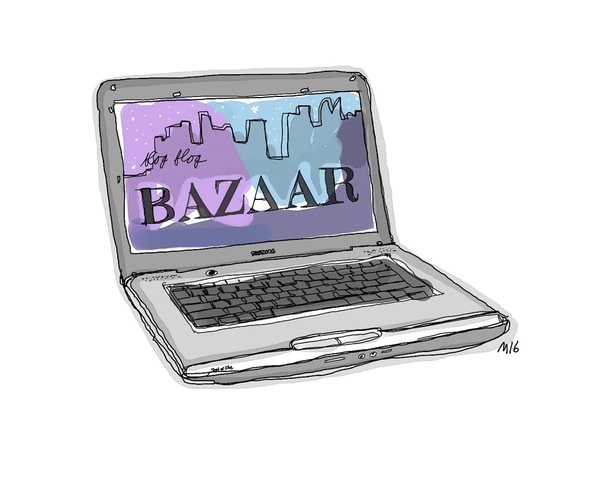
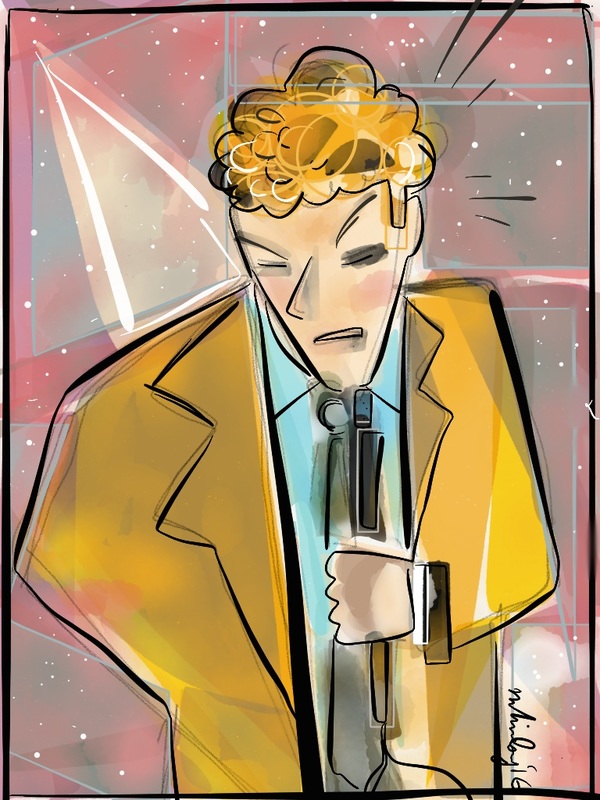
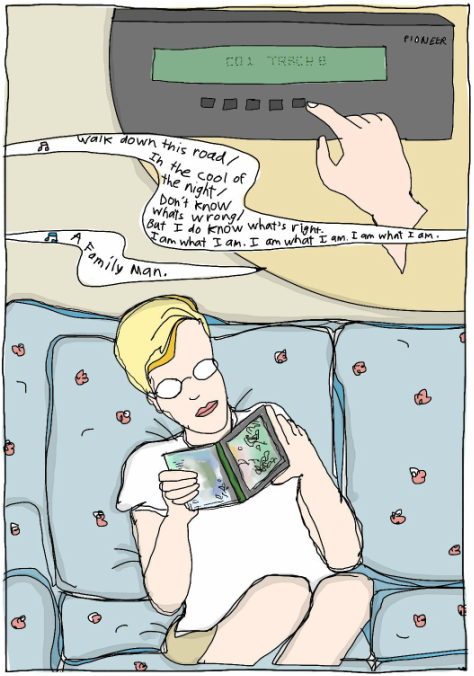
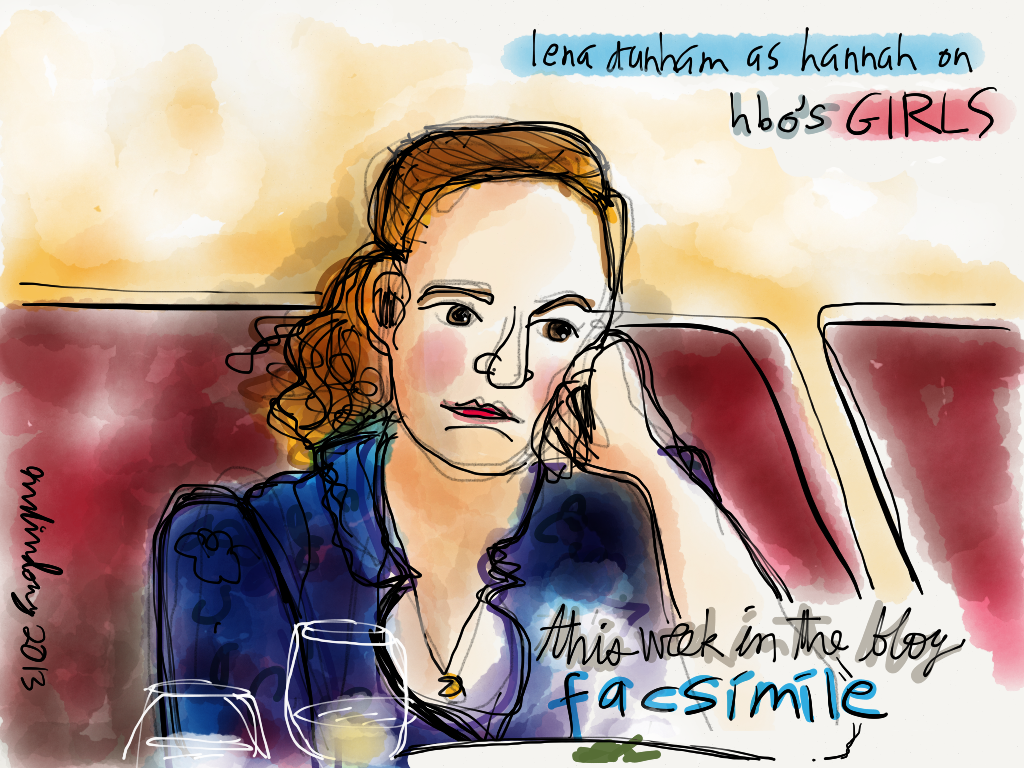
 RSS Feed
RSS Feed
